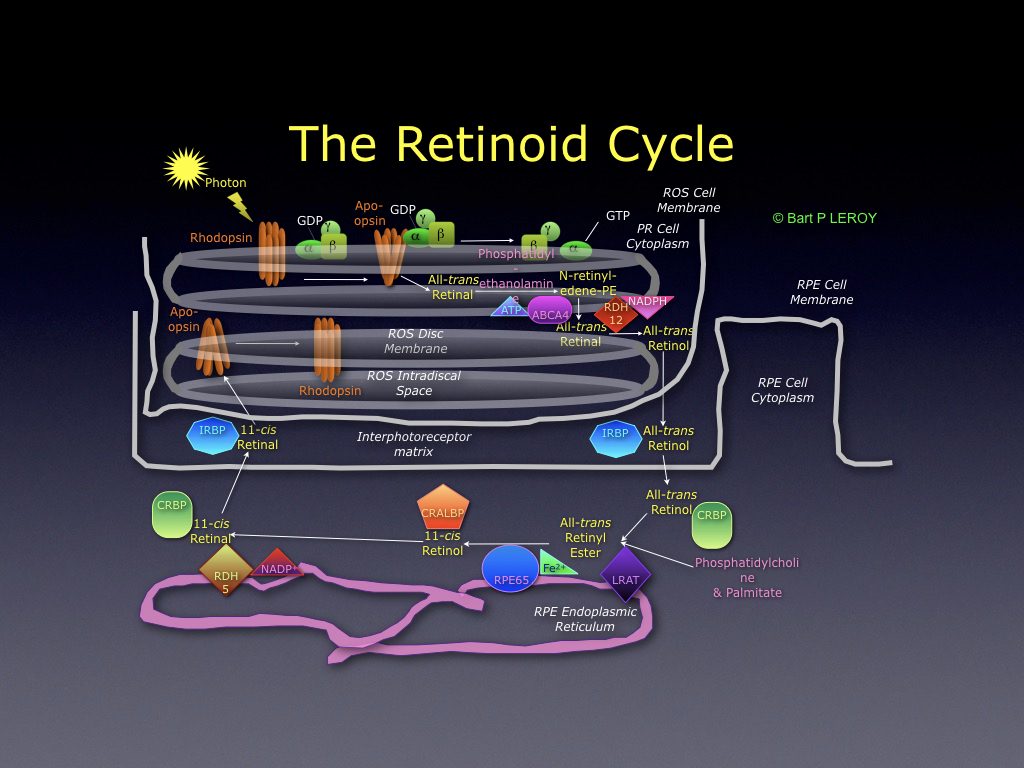Rod-cone dystrophy
RDH12-related retinal dystrophies are potential candidates for gene therapy

Roibeard O’hEineachain
Published: Monday, April 1, 2019
 Retinopathies resulting from mutations in the gene for the enzyme retinal dehydrogenase (RDH12) mainly include severe, early-onset rod-cone dystrophies. Because this disease progresses gradually and small areas of the retina are retained late into the disease, there is a broad window of opportunity for gene therapy, according to Bart Leroy MD, PhD, Ghent University Hospital, Ghent, Belgium.
“Because of those normal areas, there is a window of opportunity to treat these patients,” Dr Leroy told the 18th EURETINA Congress in Vienna, Austria.
Retinopathies resulting from mutations in the gene for the enzyme retinal dehydrogenase (RDH12) mainly include severe, early-onset rod-cone dystrophies. Because this disease progresses gradually and small areas of the retina are retained late into the disease, there is a broad window of opportunity for gene therapy, according to Bart Leroy MD, PhD, Ghent University Hospital, Ghent, Belgium.
“Because of those normal areas, there is a window of opportunity to treat these patients,” Dr Leroy told the 18th EURETINA Congress in Vienna, Austria.
 Bart Leroy MD, PhD
Bart Leroy MD, PhD